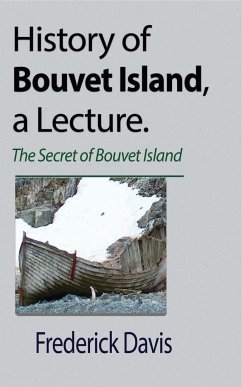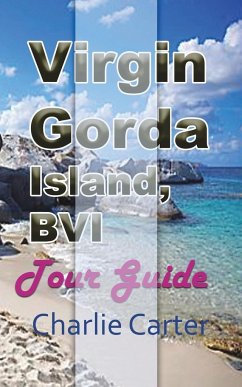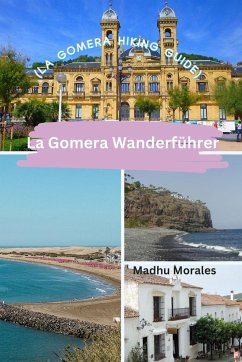
Tristan da Cunha Island, Historical Profile
The people and Culture
Versandkostenfrei!
Versandfertig in 1-2 Wochen
29,99 €
inkl. MwSt.

PAYBACK Punkte
15 °P sammeln!
Tristan da Cunha Island, Historical Profile. The people and Culture. Tristan da Cunha is a group of volcanic islands located in the southern Atlantic Ocean the most remote inhabited archipalago in the world. Tristan da Cunha is discovered in the 16th century by the Portuguese explorer Tristan da Cunha. Tristan da Cunha is annexed by the British, in 1816, as a British colony. The British had taken an interest in Tristan da Cunha as a base to prevent the French from liberating Napoleon who, from 1815 to 1821, was banned to Saint Helena also in the southern Atlantic Ocean. Initially, Tristan da C...
Tristan da Cunha Island, Historical Profile. The people and Culture. Tristan da Cunha is a group of volcanic islands located in the southern Atlantic Ocean the most remote inhabited archipalago in the world. Tristan da Cunha is discovered in the 16th century by the Portuguese explorer Tristan da Cunha. Tristan da Cunha is annexed by the British, in 1816, as a British colony. The British had taken an interest in Tristan da Cunha as a base to prevent the French from liberating Napoleon who, from 1815 to 1821, was banned to Saint Helena also in the southern Atlantic Ocean. Initially, Tristan da Cunha is administered from Cape of Good Hope and made a dependency of Saint Helena in 1938. Saint Helena, itself, becomes a British dependency in 1981 and a British overseas territory in 2002. In 2009, the status of the dependencies of Saint Helena Ascension has become a dependency of Saint Helena in 1922 is made the same as that of Saint Helena itself, when the British overseas territory of Saint Helena, Ascension and Tristan da Cunha is formed














